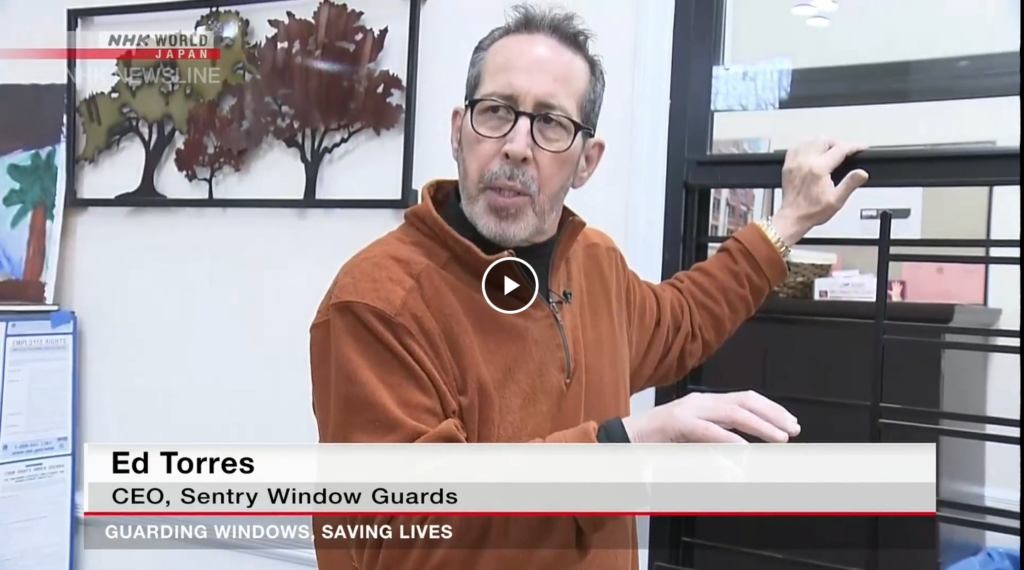Those who live in New York City love it and could never imagine living anywhere else! Of course small space living is the norm in NYC, but that doesn’t mean you can’t still live large. Your home can feel open and welcoming, no matter the size. With a little planning and a lot of creativity, you can effortlessly unlock the secret to living large in your cozy NYC dwelling.
1) The first step is to clear the clutter. Maintaining a well-organized and uncluttered floor space is essential. Minimizing the interruptions in floor lines will reduce visual fatigue and create a more open environment. In addition, freeing up your floor space gives you more room to move around! When decluttering, it is beneficial to reflect on the emotional attachments you may have to your possessions. Asking these questions as you are purging can guide you to make more intentional choices about your living space.
- Does this item add value to my life?
- Have I used this item in the last year?
- Do I have more than one of these items?
- Would I buy this item again?
- How many times have I used this item
- Does this item fit in my space?
2) Opt for multifunctional furniture that doubles as storage. This will not only save space, but it will also save money. Instead of investing in multiple furniture pieces, consider having one item of furniture with multiple functions. For example, consider replacing your lounge chair or sofa with a versatile sleeper couch. Swap out your coffee table for an ottoman that doubles as additional seating for guests. Choose an entryway bench equipped with storage compartments to neatly accommodate extra shoes. Explore the option of a room divider that features built-in shelving, and utilize dividers and shelf inserts to organize items neatly. Prioritize tables with drawers to increase storage capacity.
3) Use the vertical space in your home. Create storage where there once was none by adding floating shelves to your walls. Mounted storage cabinets serve as excellent space-saving alternatives, providing additional storage possibilities. Desks, televisions, and lamps are other items that can be mounted on the wall to help turn wall space into floor space. By utilizing these wall-mounted options, you can create a sense of openness and enhance functionality. Additionally, consider drawing the gaze upward with a fun light fixture, crown molding, tall window treatments, or elevated shelves.
4) Decorate to give the illusion of a more spacious environment. Small spaces often suffer from limited natural light due to having small windows or a lack of windows. Pull in as much natural light from your windows as possible. Embrace multiple sources of light for all other areas. Try vertical floor lamps in the corners of the room for a wide open feeling. Opting for a monochromatic color scheme or utilizing varying shades of the same color can make your space feel larger. Soft, pale, neutral colors on the walls and floor will give the biggest illusion of space. Use reflective surfaces like glass and mirrors to bounce the light from windows and create the impression of increased square footage. Finally, remember that there’s no need to fill every inch of your small space with decor. Leaving open space can make your home feel bigger and more airy.
If you are searching for lighter colored window guards to complement your home, Sentry Window Guards is proud to be the first in the industry to offer 20 standard architectural colors in AAMA 2604 Powder Coating. This finish utilizes the newest green technology, providing an unmatched performance in durability exceeding all industry standards and is able to match any building facade and window frame colors. Sentry is also capable of matching any color that isn’t part of our standard color selection.
Just like you, Sentry Window Guards is proud to call New York City our home and the forefront of our mission is creating a safe and secure environment for your family. We provide various types of childproof window locking mechanisms and safety devices for your home or building. To learn more about our products and how they effectively promote window safety in NYC homes, please don’t hesitate to contact us today.









